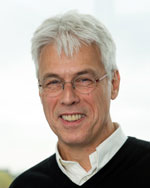Bachelorarbeiten
Bachelorarbeiten
Anfragen zu Themen und der Betreuung einer BA-Arbeit können sie auch unabhängig von den ausgeschriebenen Themen direkt an die Ansprechpartner der jeweiligen Forschungsschwerpunkte schicken.
Telemetrie
Satellitenkommunikation
Navigation und Ortsbestimmung / GPS und Allg.


